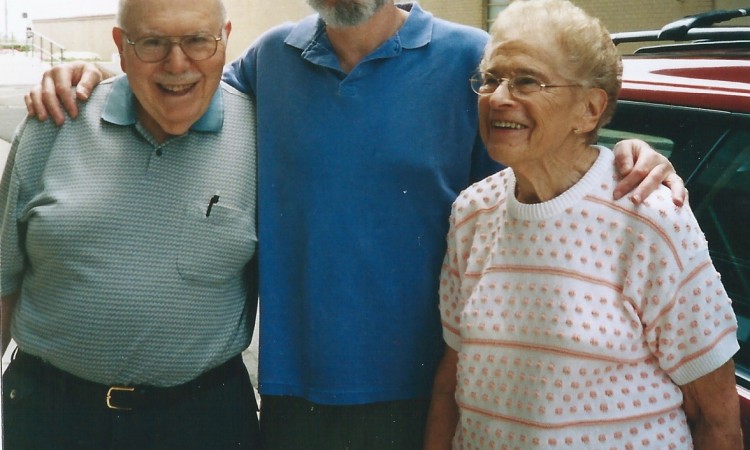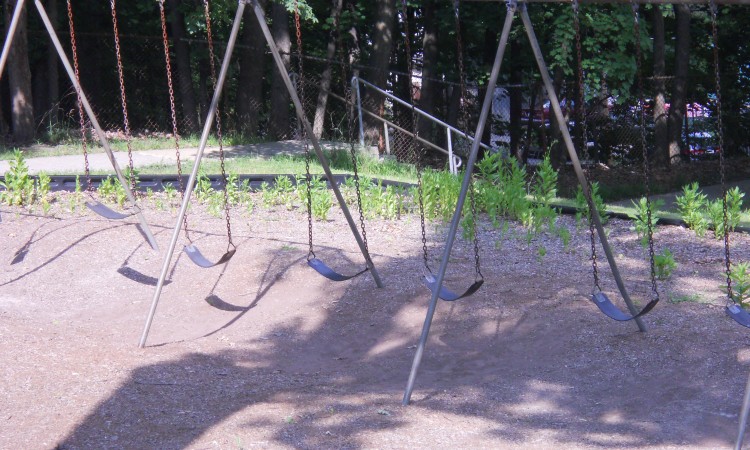What are helpful ways to bring the school year, or anything, to an end?* How do you pull everything together so the year concludes on a high note and you don’t try to cram in too much and stress yourself and everyone else? One complaint I heard from students (about other classes, of course, not my own) is that by the second week of May they suddenly have too much to do and they claim no one prepared them for this.
And teachers, when preparing students for the standardized tests at the end of the year, can wonder if they did enough. They can be angry at the state for imposing new requirements; angry at the principal, a student or themselves if they feel they didn’t teach well enough or an issue remained unresolved. Stress arises whenever something lingers that you feel you can’t control or handle.
While it might seem difficult, a teacher should begin the year by planning the end. Ask yourself, what do you want students to be able to do at the end of the year? What skills, knowledge, and deep understandings do you think they should have? What standards must they meet? This is the backwards design process. Once you know where you’re going, you can develop a process for getting there—and let students know the plan. I encourage you to take a further step and have students help in the course design. Find out, once you have answered the above questions for yourself, what students want to know and think they need to know. By incorporating students into the course design, they will be better prepared, and engaged. Maybe part of the crisis mentality at the end of the year comes from students having distanced themselves from the class at the beginning.
In a good year, the end energizes me. I wake up to the fact that I have so little time left with the students. I want to give them whatever I can. Even if I am tired of all the effort teaching takes, I don’t mind so much. I pay closer attention. I feel the value of each moment. During the year, I sometimes resist the work; now I can’t.
Not being prepared for the ending can occur not only in school, but anywhere–when a relationship breaks up, or there’s a death, or you’re preparing for an event. It can be a total surprise or shock, make you feel like something was going on of which you were totally unaware. You might feel you weren’t paying attention. If so, one strategy that might help is to pay attention, moment by moment, to your feelings, or to whatever arises.
Why don’t people pay attention? Think about why you don’t. Some scientists argue that frequent use of multitasking with social and other media doesn’t help. And attention training is not usually part of education. ‘Attention’ comes from the root ‘attendere’ which literally means to reach or stretch towards and can also mean mental focus, interest, and caring. You show you care with your attention. Attention requires energy. You might not pay attention because you don’t care or you consciously or unconsciously resist the experience. To attend well, embrace well.
Also, you might stop paying attention because it reminds you of the very fluid nature of the world. Change can be upsetting, or a relief. Taking a breath means change. Perception is change. Learning is change. This goes way beyond what I understand. But I do know that fear arises when I cling to an end as if it continues and does not change. Even endings end. Change is another way to say living, feeling, understanding. I need to trust in my ability to know, however incompletely, and feel the living world.
So, it’s helpful to learn for yourself and then to teach students about attention. Teach about caring for the moments of your life. Mindfulness can do this. With mindfulness, there is more clarity about what needs to be done, more kindness, and less stress. Try the following practice:
Take a moment. Let your eyes close and your mind relax. Have you ever just sat by a stream and watched the water pass by? Picture that stream, the water, the scene around it. Maybe there were trees nearby. Maybe there were rocks in the streambed around which the water streamed. Eddies were formed by these rocks. Some were small eddies, some large. And the water continued on, adjusting. Notice that you can focus either on the constantly passing water, or the whole– the trees, the rocks, the streambed, the sky. The two types of perception, on an individual rock or drop of water, or on the whole scene, support each other. You can go from one to the other fluidly. Maybe you could see the sunlight reflecting off the water, sparkling, like a jewel. Maybe you could feel a sense of comfort in looking at the stream as a whole and the scene around it. Just feel it. Isn’t there is a sense of beauty in the whole? Just take in the whole scene and rest in it. If any thought comes, or feeling, let it be carried away in the stream and then return your mind to the whole.
We all draw conclusions, about others, about the state of the world and, of course, about how our day, month, or year went. These conclusions can be a way of trying to exercise control over our lives, trying to create a secure image of the past that can be projected into a secured future. We are also creating an image of who we are. “The year went well; I am a good teacher.” “The year sucked. Do I suck?” But can a year be summed up in any judgment or statement? Is any thought or abstraction of an event as encompassing as the event itself? Specific lessons can be learned. But other than that, is it possible to hold our images and ideas more lightly? Can we enjoy our memories without being so judgmental?
It’s helpful to reflect on and appreciate, at the end, all you’ve done and learned. The value of reflection at the end is not only about what lessons you have learned but about coming back to your life right now. It is to view being in a classroom or anywhere from a larger perspective. You are a human being living a life of which this school, this situation is just a part. The purpose of an ending is to bring you back to where you began: vulnerable, not knowing what will happen, but open to what occurs. In a classroom, that means at the end of the year, reflect not only on what has been learned in school, but what does being in this situation feel like right now. What do you feel, now, about this new, unknown, beginning, and about going on with your life without the structure of this class? Always return to the reality of being a human being, in relation with others, now.
*This is a newly edited version of an older blog about endings.










